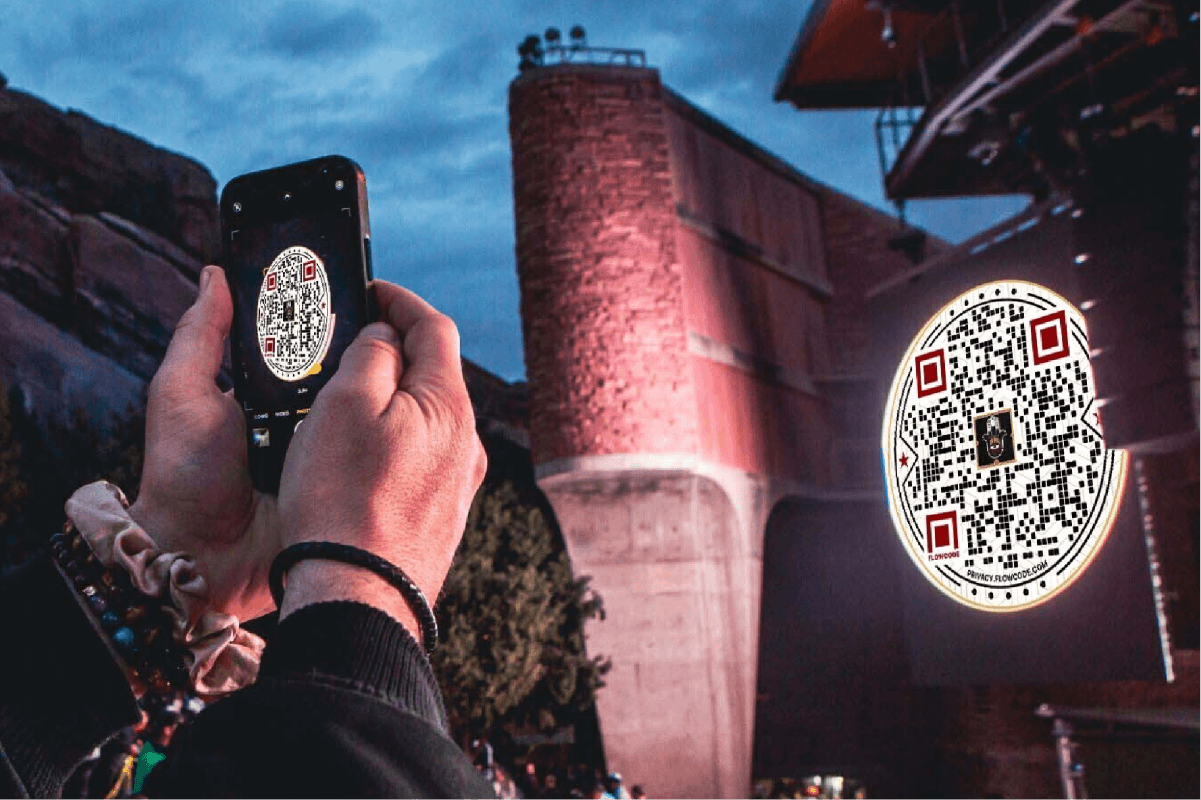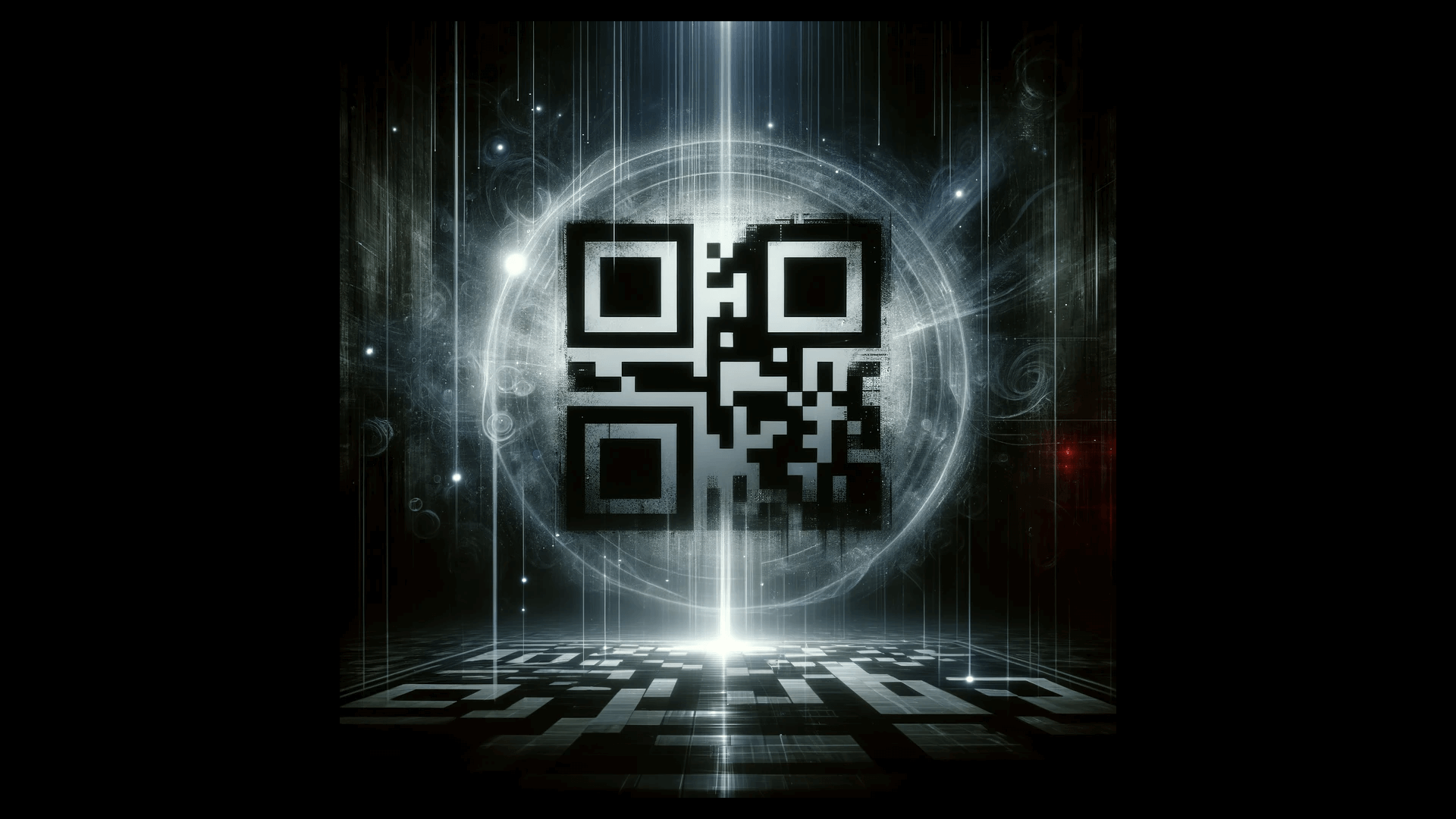Secondary Section Headline
Lorem ipsum dolor sit amet consectetur. Sit aliquam interdum sodales augue varius ultricies arcu condimentum netus. Id imperdiet euismod.
Lorem ipsum dolor sit amet consectetur. Sit aliquam interdum sodales augue varius ultricies arcu condimentum netus. Id imperdiet euismod.

QR codes are becoming ubiquitous. You'll find them just about anywhere -- in the street, at restaurants, on packaging, and even in your inbox. However with their rise in popularity, QR codes have become a popular tool for exploitation by hackers and scammers. Paying a parking meter, logging into an account, or being directed to an e-commerce website from codes are all seemingly harmless actions can be manipulated into a fraud tactic.
Like any other digital interaction, using QR codes can put you at risk of scams and hacking. This isn't to say that all QR codes are unsafe, but that everyone should interact with them with similar caution as other technology.
This article is here to help you navigate the novel world of QR security threats and best practices to keep your information safe.
In a highly digitized world, our devices have become similar to our homes – they’re filled with sensitive personal information like financial documents or access to your professional accounts. While it's common knowledge not to share sensitive information over the phone or on fishy links received via text, most people don’t apply this same wariness to QR code interactions.
With the proliferation of QR codes, our smartphone cameras acts have become a new front door into our ‘digital homes’. If someone can convince you to scan an unprotected code, you may unwittingly be letting them into your device filled with sensitive information. Once that door is opened, this leaves you susceptible to information robbery by scammers, or at the very least, may frustratingly land your phone number on a telemarketer’s list.
Here are a couple methods hackers use QR codes to ‘break in’:
Where might you encounter these fraudulent QR codes?

While security threats can cause tremendous damage, they are rarer than more commonplace day to day infringements on digital privacy. Privacy refers to our ability as consumers to control how much information we share; while less severe of a threat, it is equally important.
Most QR providers focus on collecting non-personally identifiable information – think IP address, location, scan numbers, etc – and will send a push notification request to gather more specific data about your behavior, or ask you to manually enter it. That said, the lack of regulation in the QR industry means that what most QR providers do with our data is largely a black box.
Unfortunately, most QR codes are indistinguishable. With many generic QR code providers, you have no true idea of who created it, what information they are gathering from you, and how they intend to use it.
Thoughtlessly scanning a code from an unknown provider can be akin to opening your door without checking who knocked on it first – it puts you at unnecessary and preventable risk from exploitation. This is why it’s important to approach codes with some skepticism. If we treat our devices as sensitively as our homes, we can fend off a lot of the risk and keep our information safe.
Now that you've learned about the potential fraud risks that exist with QR codes, help spread the knowledge and keep aware. Treat your device securely and always think twice about the context and security of QR codes you encounter. Flowcode makes it easier than ever to ensure your safety and peace of mind.
Ready to generate a QR code in less than 60 seconds?


